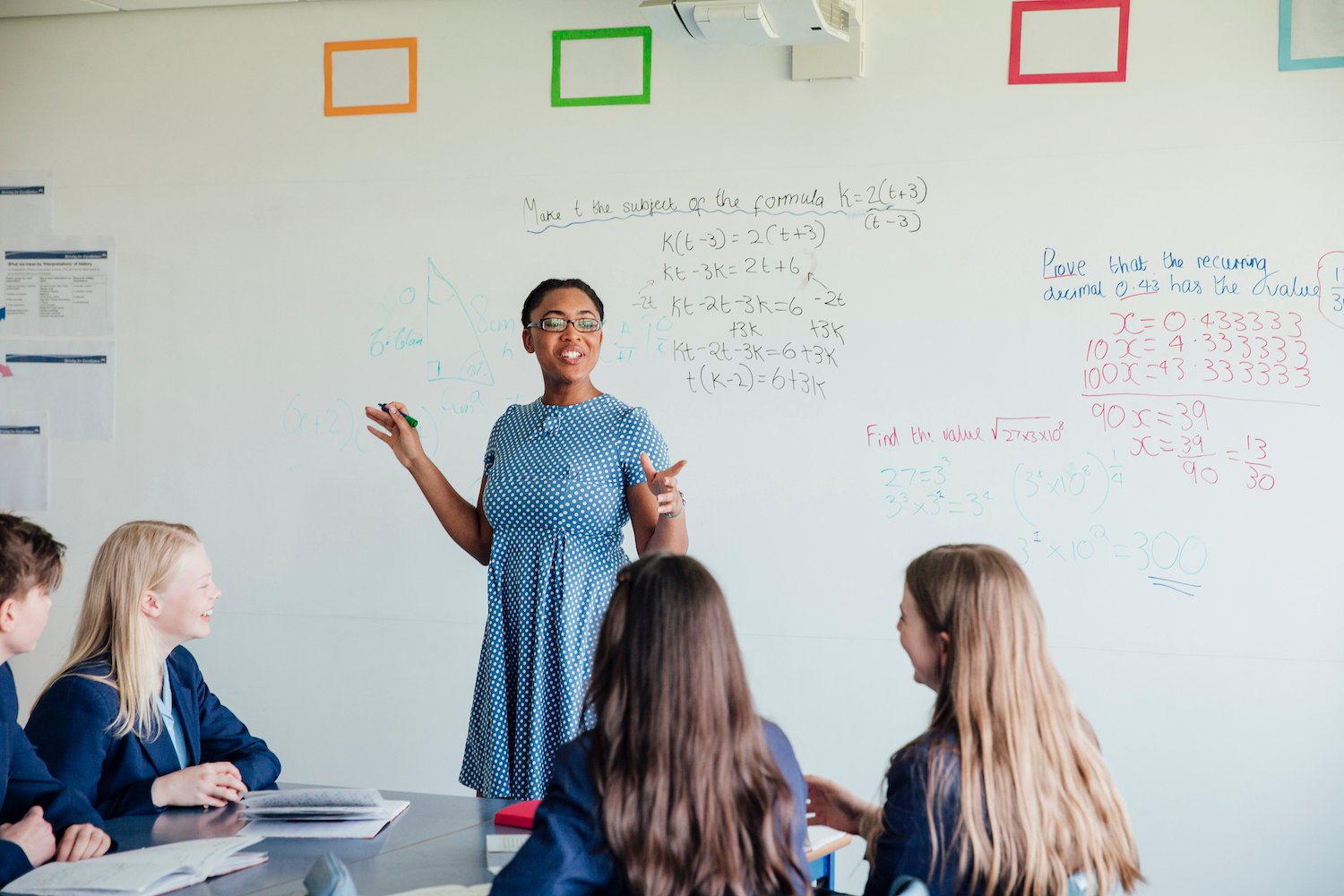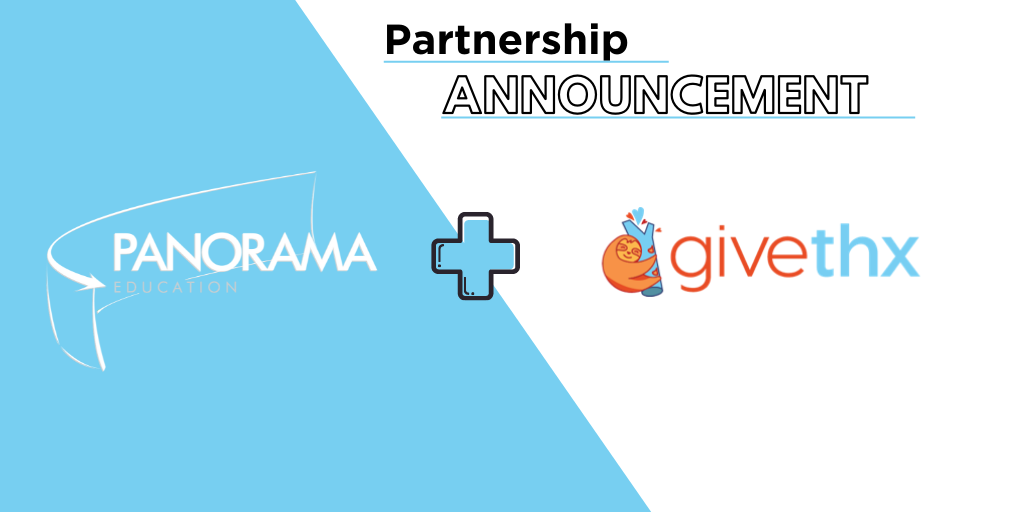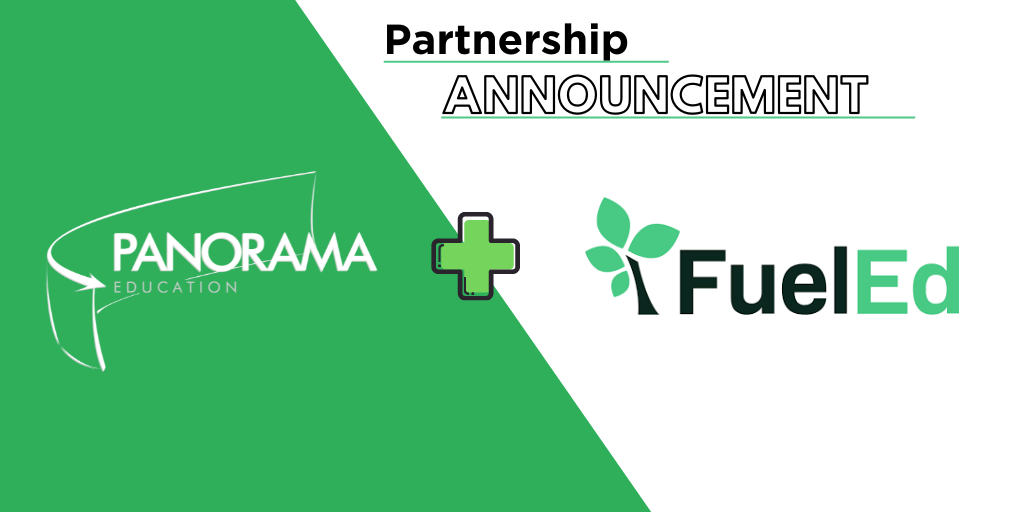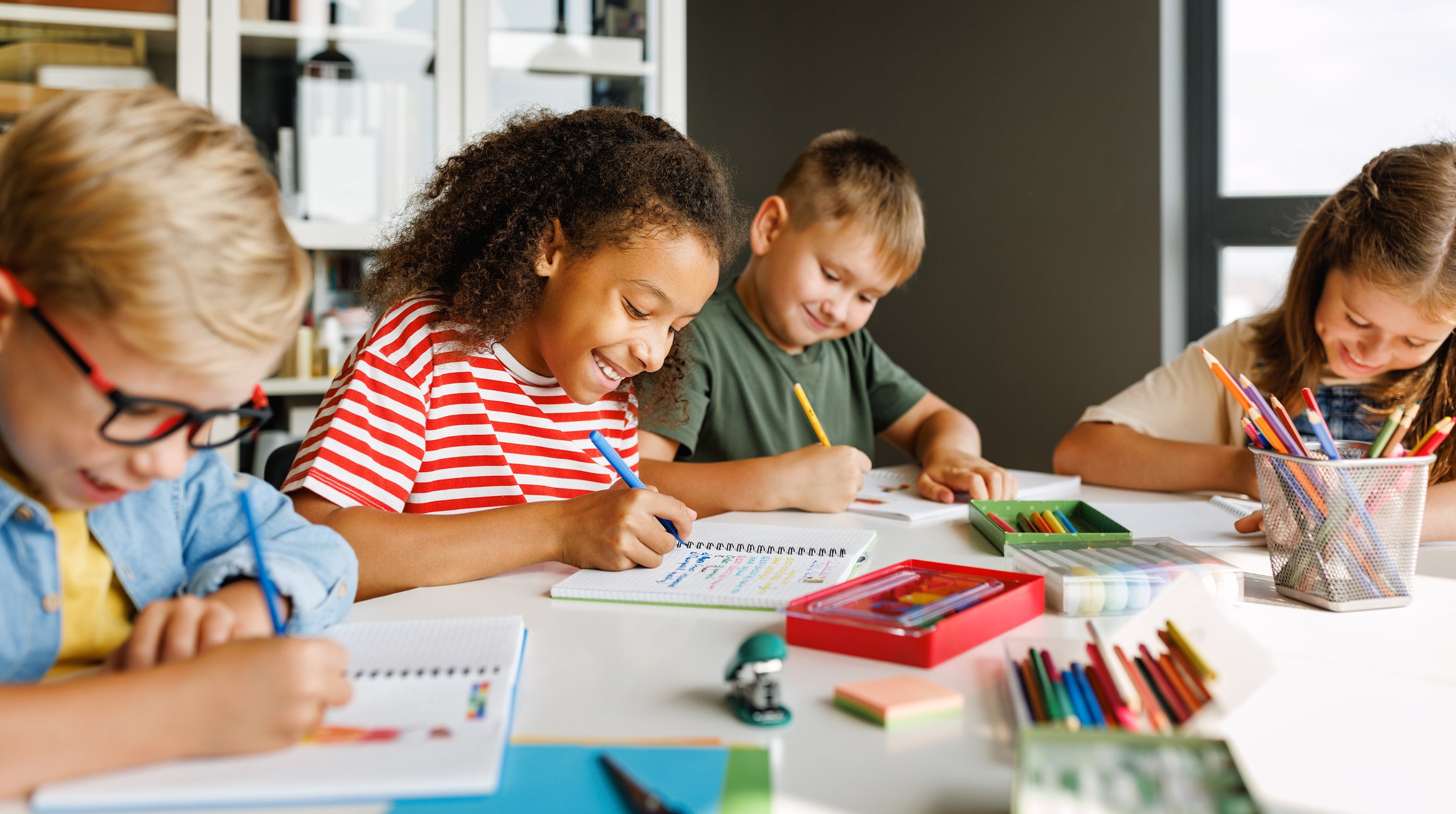Teachers and staff members are on the frontlines of daily school life. From creating lesson plans, to grading papers, to attending to students' needs, the caring adults in our classrooms are juggling immense workloads. The teaching profession can be equal parts rewarding and stressful.
Add in a worldwide pandemic and the shift to remote learning—and it's clear that teachers are struggling to keep up this school year. Unfortunately, we've heard from many district leaders that teachers' own self-care and wellness have often been the first to go during challenging times.
"You can't pour from an empty cup."
"Put on your own oxygen mask first."
These aphorisms are helpful (and inspiring!) reminders—but how can we actually put teacher wellness into practice in school districts?
In this post, we'll first look at the research on teacher stress and why teacher wellness is important. Then, we'll explore six resources that can help your central office team reduce teacher stress levels and model the importance of self-care this school year.
Why Is Teacher Wellness Important?
Teachers and staff entered the 2020 and 2021 school years at the precipice of a new, uncertain educational system—expected to do more with less. Going back to school, for most, meant grappling with the stresses of teaching virtually—or in a hybrid model—for the first time ever.
According to early data from over 13,000 school staff and faculty members who took their school or district's Panorama distance learning surveys in 2020, more than one in five educators were “quite” or “extremely” concerned about their well-being.
Even before the pandemic, educators were already experiencing burnout:
- In one study, 85% of teachers reported that work-life balance was affecting their ability to teach.
- Research has shown that more than one in five new teachers leave the teaching profession within their first five years of teaching, and that this attrition is substantially worse in high-poverty schools.
- A study by the US Department of Education’s National Center for Education Statistics (NCES) found that 17% of new teachers leave their jobs within the first five years of teaching.
- In 2017, the American Federation of Teachers’ Quality of Work Life survey revealed that 61% of educators feel stressed “often” or “always” at work, on par with that of physicians and nurses.
Although research on the impact of the COVID-19 pandemic on K-12 education is still emerging, a recent Tyton Partners report sheds light on the toll of the past year on teachers, as well as the resiliency of educators:
- Among teachers who have left the profession voluntarily since March 2020, 44% did so primarily because of the pandemic. The most common reasons for leaving included stress and unfavorable conditions at their school.
- Just 10% of educators identified "ensuring my own well-being" as a top priority pre-COVID. In the current academic year, over 29% of teachers responded that well-being is a priority, trailing only "ensuring student safety" and "incorporating technology into teaching and learning."
- Overall levels of teacher job satisfaction are somewhat higher than their well-being levels this academic year, highlighting the resilience and persistence of teachers (see figure below).
.png?width=550&name=unnamed%20(4).png) Source: Tyton Partners
Source: Tyton Partners
Teacher stress and burnout are often related to increased job demands—especially around testing and assessments, challenging student behaviors, a lack of decision-making power, and insufficient professional development to support students' needs.
Unfortunately, issues like teacher turnover and teacher burnout can interrupt student learning and negatively impact students’ academic and social development. When teachers are stressed—and when school leadership does not create a positive work environment—teachers are unable to create the safe, caring, and supportive school communities that help students thrive.
6 Self-Care and Wellness Resources for Teachers and School Employees
Focused on improving teacher wellness across your school or district? Looking for self-care strategies for yourself? Explore these resources to support your educators and tap back into the joy of the teaching profession.
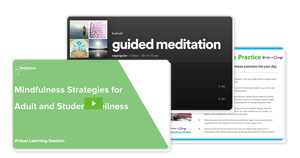 What Is It? A packet of mindfulness activities and tools from Panorama Education, Open Circle, and other expert organizations. The resources (like a "Self-Care Practice Guide" and a Spotify playlist for Mindful Practice) are perfect for developing your own mindfulness practice and/or modeling mindfulness to staff and students. Think: Low-lift ideas for tuning up your physical health and mental health, so you can be of better service to students. [Download the toolkit]
What Is It? A packet of mindfulness activities and tools from Panorama Education, Open Circle, and other expert organizations. The resources (like a "Self-Care Practice Guide" and a Spotify playlist for Mindful Practice) are perfect for developing your own mindfulness practice and/or modeling mindfulness to staff and students. Think: Low-lift ideas for tuning up your physical health and mental health, so you can be of better service to students. [Download the toolkit]
2. Self-Care Resources Related to COVID-19
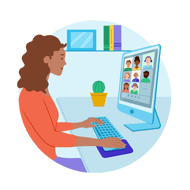 What Is It? When the COVID-19 health crisis began, our team moved quickly to compile a list of informational resources, articles, and guides to support educators in practicing self-care and resiliency despite the circumstances. You'll find a collection of vetted resources on everything from managing anxiety to adapting to a distance learning environment. [Access the collection]
What Is It? When the COVID-19 health crisis began, our team moved quickly to compile a list of informational resources, articles, and guides to support educators in practicing self-care and resiliency despite the circumstances. You'll find a collection of vetted resources on everything from managing anxiety to adapting to a distance learning environment. [Access the collection]
5. Mindfulness for Educators: A Guide to Practicing and Facilitating Mindfulness
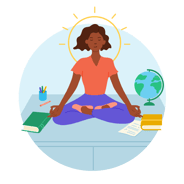 What Is It? Can't make our live mindfulness webinars? Bookmark this guide instead. In it, you'll learn how to develop a personal mindfulness practice (complete with a sample breathing exercise!), and how to get started cultivating mindfulness skills in students or other adults. You'll walk away with simple ways to work mindfulness into your daily life. [Read the guide]
What Is It? Can't make our live mindfulness webinars? Bookmark this guide instead. In it, you'll learn how to develop a personal mindfulness practice (complete with a sample breathing exercise!), and how to get started cultivating mindfulness skills in students or other adults. You'll walk away with simple ways to work mindfulness into your daily life. [Read the guide]
Addressing Teacher Wellness During COVID-19: Teacher Wellness Survey
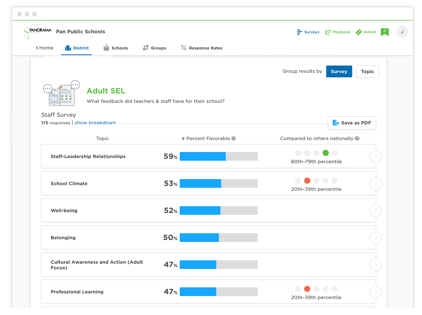
Do you know how your teachers and staff are doing and what support they need?
By elevating educator voices through feedback surveys, you can gather critical data on the quality of the work environment and take steps to improve teacher wellness and job satisfaction.
Panorama's research-backed Teacher Well-Being Survey helps school and district leadership teams understand teacher perceptions and identify where support is needed. Example survey topics include:
- Belonging: How much faculty and staff feel that they are valued members of the school community.
- Well-Being: Faculty and staff perceptions of their own professional well-being.
- Teacher Self-Efficacy: Faculty perceptions of their professional strengths and areas for growth.
- Staff-Leadership Relationships: Perceptions of faculty and staff relationships with school leaders.
In Panorama's survey analytics platform, you can go right from exploring survey data to taking meaningful action. Playbook, our in-platform professional learning library, contains low-lift strategies from dozens of expert curriculum partners—including self-care ideas for adults.
Learn more about partnering with Panorama to elevate teacher and staff voices this year.



